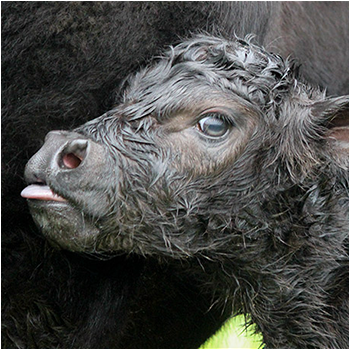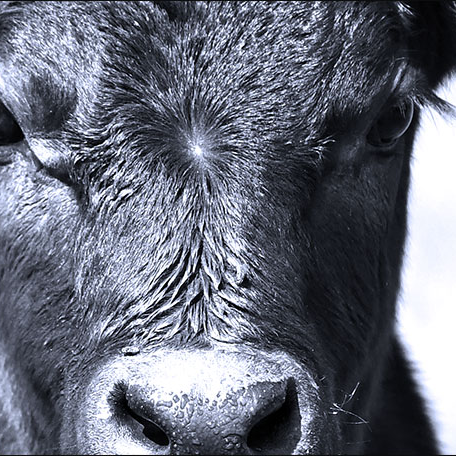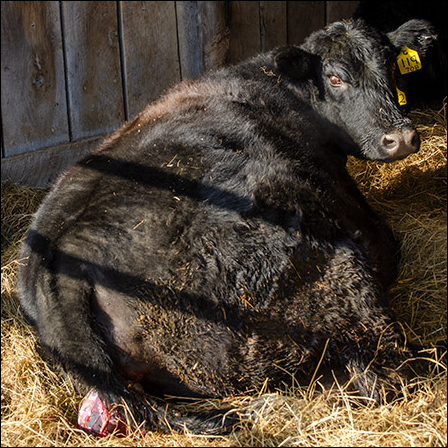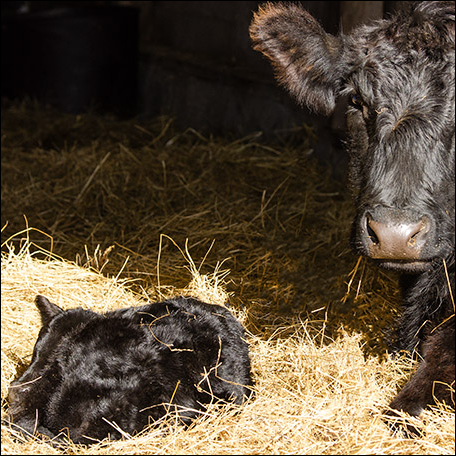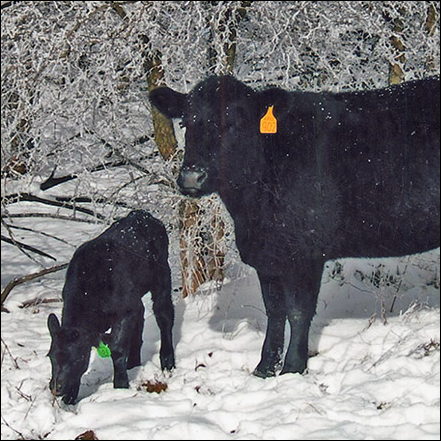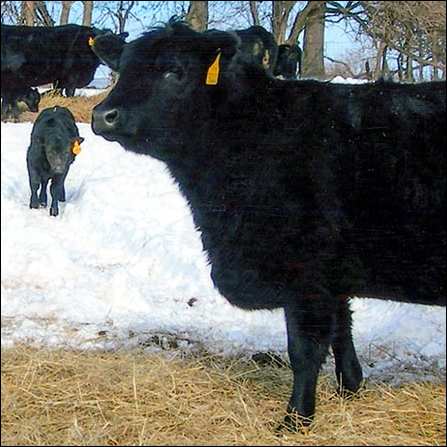
Market Closeout
In a hurry to get things done.
I’m sure you have heard the story about the airplane lost over the ocean in the middle of a hurricane. The captain gets on the intercom and says, “I have good news and bad news. The bad news is I have no idea where we are or where we are headed. The good news is we are making great time.”
The world seems to be in an awful big hurry, but with no clear destination in mind. I think that sometimes describes a lot of breeding programs. We have the tools, and we are changing the cattle at an incredible rate of speed, but the question is are we advancing toward our goals?
This next statement may offend a few people. My goal with this conversation is to make people really sit down and contemplate their breeding objectives, so I’m comfortable making a few people uneasy. If we are truly honest with ourselves, a lot of breeders are more focused on producing what they think the purebred marketplace will reward than what their commercial customers are demanding. A lot of breeders see their breeding program as a way to produce the type of genetics they like, and their marketing program as a way to convince others they should like that same type of cattle. A lot of breeders gauge the success of their breeding program based on sale averages rather than what those genetics do to improve the lives, cow herds or pocketbooks of their customers.
That isn’t intended to be overly harsh, it is human nature. Every business book you pick up addresses the battle of being consumer-focused and consumer-centric rather than letting our own self-interest play a dominant role. Rather, it is to point out that with the tools we now have, we can change our cattle faster than ever. Consequently, we also have the capability of messing them up faster than we ever have before. Change and progress are related, but they are not synonymous.
The fact we can now change the genetics of cattle so quickly means we must spend much more time determining the direction of our breeding programs. We must analyze whether our breeding objectives are backed by sound economics. We need a thoughtful understanding of the economic drivers of the segments ahead of us as we march toward the consumer, and of the societal, consumer and competitive trends that are occurring.
The trickiest thing about the business for your seedstock provider is that there is roughly a five-year lag between making the breeding decision and that decision having an effect on the commercial segment. Every breeding decision has to be made based on the assumptions of what will be needed in five years. That means they have to anticipate what the average genetics will be like five years down the road, what changes there may be in the economic drivers five years down the road, and what commercial customers and ultimately the consumer will be demanding five years down the road.
Don’t get me wrong, I don’t think anyone five years ago was predicting a global pandemic, a packing plant fire, or that the word sustainability would be repeated more often than profitability when talking about the beef industry. However, there were a lot of people talking about the need to improve quality, mitigate risk, increase price transparency, provide market flexibility and market access, and document management and genetics so the marketplace could use that information to create value.
Trends build, ideas ferment, consumer attitudes evolve, business models transform. While the rate of change is accelerating, there is usually ample opportunity to discern the signs before these changes reach the moment of critical mass — or the tipping point where one typically pays a significant price by being left behind the curve.
We have reached one of those tipping points as it relates to the marketing of feeder cattle. It is now unstoppable. It is going to happen. There is no returning to the commodity market in which we have all operated since the beginning of time. We are at the point where we no longer price feeder cattle based upon “reputation,” but rather on objective, verified, documented and accurate information. This information characterizes the value of the management and genetics we have put into the cattle. The genetic revolution is here! The evidence is empirical, measurable and definable.
Not all revolutions make the world a better place, but the revolution of describing and using the genetic merit of a set of calves in the pricing equation is beneficial to cow-calf producers and to the industry. It still creates new winners and new losers. By introducing truth into the marketplace, it threatens to totally upset the apple cart of those who have used the commodity marketing system to their benefit. Those who have benefitted by selling below-average cattle at average prices certainly will not be excited, but they can not stop the inevitable any more than one can stop the wind.
Editor’s note: Troy Marshall is the director of commercial industry relations for the American Angus Association.
